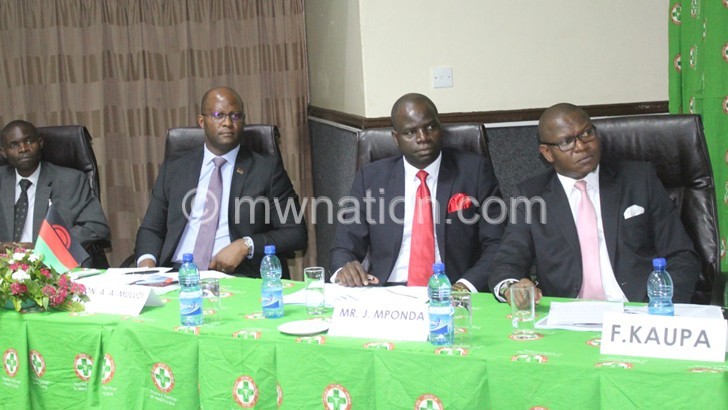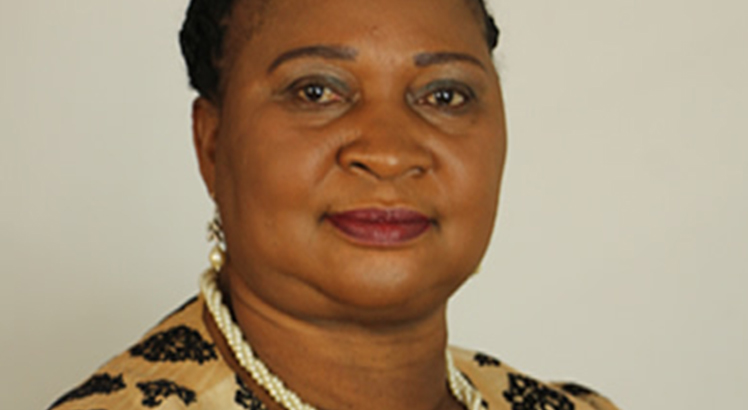Integration of drug supply chain deferred to 2019
The drug supply chain system remains fragmented with about 13 separate routes of supplying medicines and supplies to the market six years after the Central Medical Stores Trust (CMST) started implementing reforms.
This was disclosed in Lilongwe yesterday during the CMST Annual Review Meeting where the Minister of Health Atupele Muluzi pleaded with various players to review the situation.
The meeting heard that because CMST is not the sole supplier of drugs to health facilities, there are incidences of duplication of orders for certain commodities.

The different number of supply chains came about due to loss of confidence in Central Medical Stores before it became a trust, according to Muluzi.
“We must look to streamline the number of supply chains so please know that I am now working hard to advocate for this integration across our development partners,” he said.
The minister said the management of supply and logistics was a complex task that required strong communications and effective coordination of customer, supplier and financier.
“This will not only avoid duplication of work and thereby cost, particularly of administration, but will also start to put to test how robust the reforms you have undertaken really are,” he said of the integration of supply chain systems.
So far, World Vision Malawi has committed to integrate its supply chain system into CMST over the next 60 days while Unicef has delegated supply of its nutrition commodities.
According to CMST, the supply chain system is determined by the funding source for the commodities.
A presentation to the review meeting indicated that essential medicines procured by Britain’s Department for International Development (DfID) have their own procurement and distribution agents yet the end users are district health offices, similar to CMST who are also supply essential drugs.
Anti-malarial drugs have three different funding sources and three different procurement agents while family planning commodities have four funders, three procurement agents and they are stored at three separate warehouses, including CMST.
“The challenge is that they are targeting the same facilities. So, one day, you will see a truck coming from Bollore, CMST and one for vaccines all going to the same facility. It is not cost-effective,” the CMST presenter said.
CMST chief executive officer Feston Kaupa said there was a need for a clear roadmap between the government and development partners who also have a role a play to ensure full integration of the supply chain system.
CMST and its partners set benchmarks towards integration of the supply chain management where they scored 66 percent in 2016 in an independent assessment then scored 85 percent in a self-assessment.
The assessments looked at how CMST managed donated commodities for family planning and tuberculosis, CMST expansion of distribution to all health facilities and integration of procurement functions, among others.
However, CMST still has to satisfy donors on some areas, including reaching stockout levels of less than 10 percent and inadequate insurance policy cover with the exception of Manobec warehouse. n





